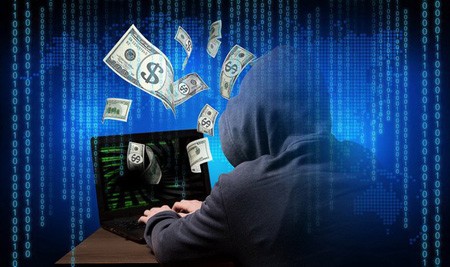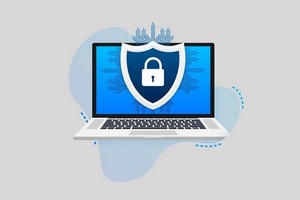
According to the report released yesterday by Bkav Cyber Security Co., in 2019, the damages caused by computer viruses to Vietnamese users reached VND20,892 billion (approx. $902 million), by far surpassing the amount ò VND14,900 billion ($642.3 million) in 2018.
It is the advanced persistent threat (APT) attacks that created such a grave loss since the total quantity of infected computers last year were around 85.2 million. Among them, 420,000 were found having W32.Fileless virus. This invisible virus leaves nearly no trail to track and normally hides in systematic configurations like Registry, WMI or Task Schedule. It then takes advantage of standard procedures to run its scripts to spread to other computers via USB or systematic weaknesses.
Bkav pointed out that thanks to the strict guideline of the central government, along with comprehensive campaigns to kill malware in major cities, the number of computers in the nation belonging to botnets impressively decreased.
In addition, statistics from the International Telecommunications Union (ITU) revealed that Vietnam raised 50 positions as to global information security rating, which is rather optimistic.
However, these positive changes happen mainly in offices of the central government and large cities in the country. In several local areas, the task of fighting against malware is still quite weak, while a large quantity of individual and business computers has no stable tool to protect themselves from viruses.
That leads to a high rate of possible infection in Vietnam, at 57.7 percent in 2019.
The main reason of this dangerous state, as stated by Bkav, is the illegal download and installation of software from unknown websites. As a result, 8 out of 10 computers are infected after these downloads. To ensure, safety, users are advised to only download software from official sites of developers or formal software resources.
Also in its report, Bkav said that the rate of virus infections via USB significantly dropped by 22 percent compared to 2018. On the other hand, infections through emails rose by 4 percent. What is more, about 41.04 percent of computers in Vietnam have Server Message Block (SMB) holes, which used to be taken advantage by Wanna Cry virus to attack more than 300,000 victims in only a few hours.
Therefore, to protect themselves, users are suggested to install proper anti-virus applications to scan any USB and attached files before accessing them. Opening them in the Safe Run mode is also highly recommended. The last action is to frequently update anti-virus software.
The year of 2019 continued to witness the dangerous rise of ransomware attacks, and Vietnam was of no exception. Many domestic servers which contain sensitive data of state offices were infected, causing stagnant status and severe financial loss. In fact, Bkav reported that last year, the quantity of computers falling into the hand of this hacker kind was 1.8 million, an increase of 12 percent compared to 2018. Most victims of ransomware are computers with weak password, easily allowing remote access.
Thus, it is advised to set up a password having at least 9 characters, including both normal and capitalized letters, numbers, as well as special characters. These passwords must not contain easy-to-recognize details of owners or servers.
Experts from Bkav predict that in 2020, APT malware will become more advanced. Fileless will be the fashion, along with scripts to fake software or standard programs via DLL Side-Loading technique in order to surpass the check of anti-virus applications.
Furthermore, ransomware will be on the rise due to its huge financial benefits to hackers. Attacks to bank accounts will also be more popular and unexpected, while fake news making use ò AI technology like deepfake will create severe damage to the public and the government alike.
























